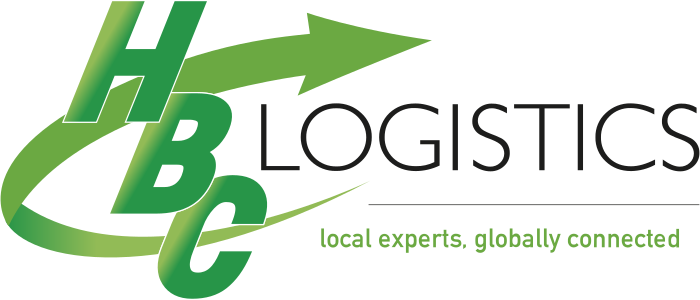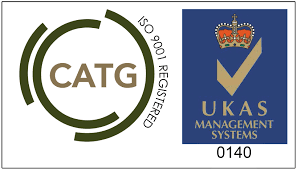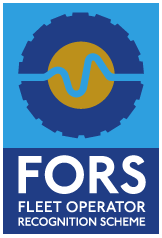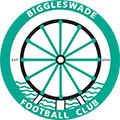The HBC Logistics Team
Meet the brilliant people behind our logistics company.
OUR DIRECTORS

BEN WELDON
Director of HBC Logistics

DAVE NORTHFIELD
Director of HBC Logistics
OUR ACCOUNTS TEAM

SARAH KING
Finance Manager

LEANNE LOWE
Finance Manager

MELODY ATKINS
Accounts Administrator

THOMAS MAGUIRE
Transport Administrator

MEG WEST
Credit Controller

CLARE DEVERILL
Credit Controller
OUR SALES & MARKETING TEAM

BEN TUCKER
Senior Account Manager & International Freight

ROB GOLDSTONE
Business Development

INDIA BUNNAGE
Client Relationship Manager

MEGAN SPAVINS
Head of Marketing
OUR SERVICE TEAM

PAUL ARKWRIGHT
Fleet Manager

LISA JOSEPH
Sales/Ops Manager

WILL ARMSTRONG
Service Team

GEOFF SMALL
Service Team

JOANNA JANES
Service Team

LISA ARROWSMITH
Service Team

ISSY HOWLETT
Service Team

GRAHAM KENNEDY
Service Team (OOH)

IAN OSTERMEYER
Service Team (OOH)

KYMANI SKYERS
Service Team

CHERRY JAMES
Service Team

MORGAN DEAN
Service Team
OUR PALLET NETWORK TEAM

KIAN COLES
Operational Supervisor

BONNI WOODWARD
Network Support

JOHNNY KLOPPER
Network Support
OUR WAREHOUSE & FACILITIES TEAM

JOHN LENIHAN
Operations Manager

WAYNE ROBERTS
Warehouse Supervisor

MICHAEL MCDONNELL
Warehouse Supervisor

MARC LEWIS
FM, H&S, HR

RICHARD PLAIN
Warehouse Admin

GEORGIANA POTERAS
Warehouse Admin

CHARLIE FORD
Warehouse Operative

VITALIJS ZUKOVSKIS
Warehouse Operative

ZAK NORTHFIELD
Warehouse Operative

IAN BARRETT
Warehouse Operative

ADAM TUCKER
Warehouse Operative

SIMON WILFORD
Warehouse Operative

CLIVE BAXTER
Warehouse Operative

JARRED GARRISON
Warehouse Operative

LIAM DONOVAN
Warehouse Operative

HARRISON WALKER
Warehouse Operative

JACK SMITH
Warehouse Operative

SAM BARTLEY
Warehouse Operative







